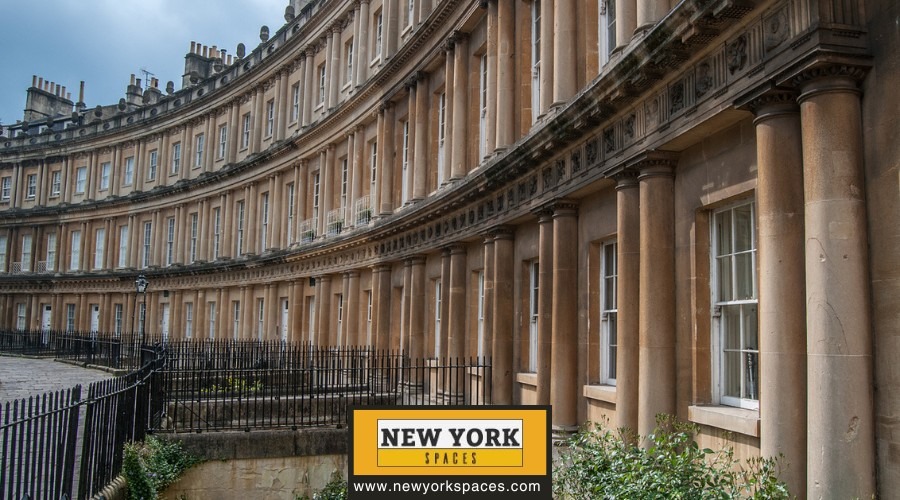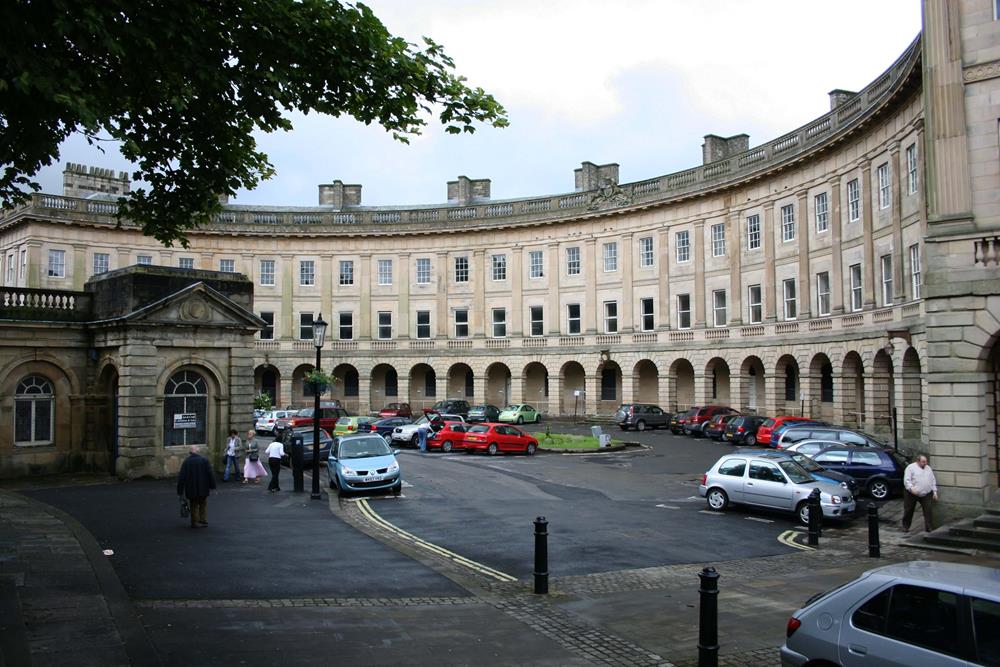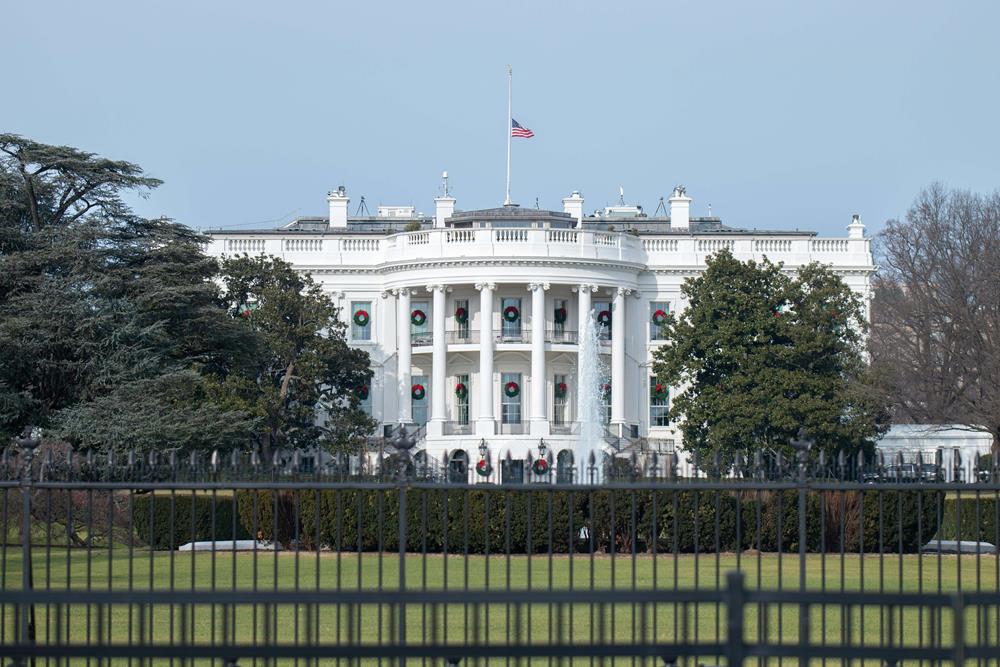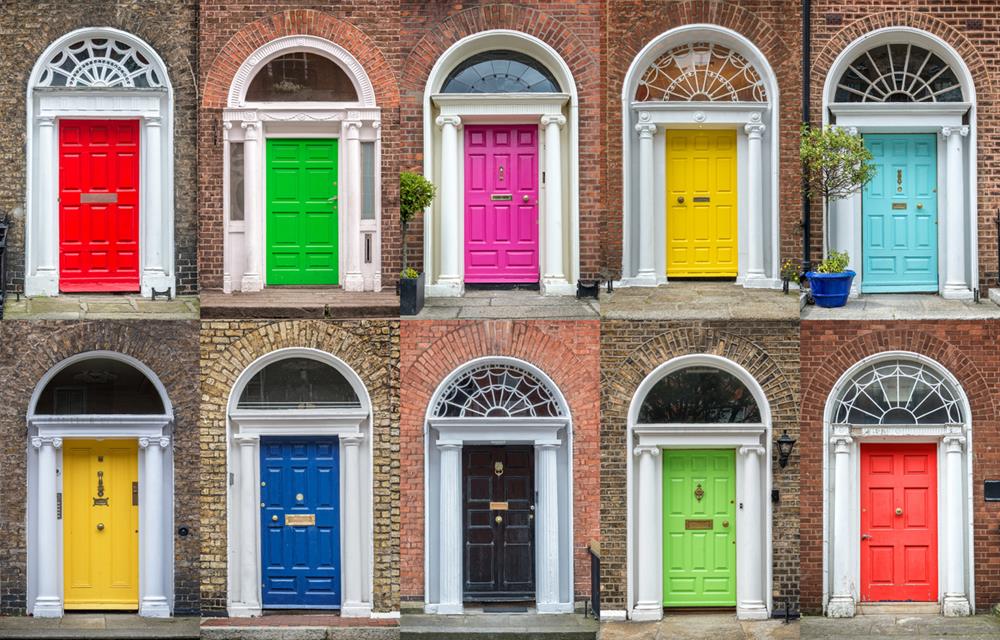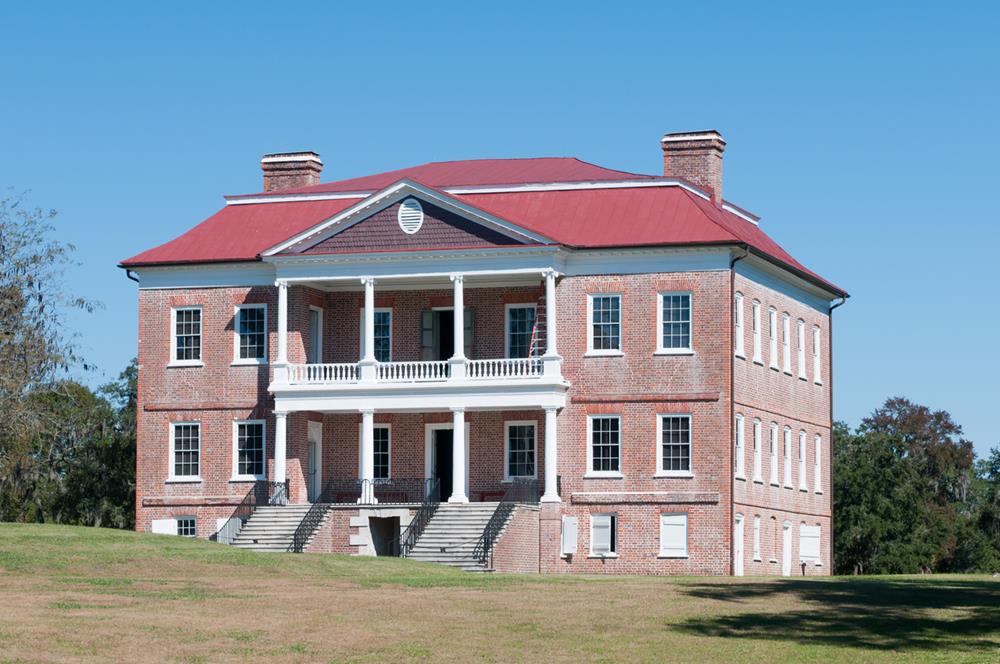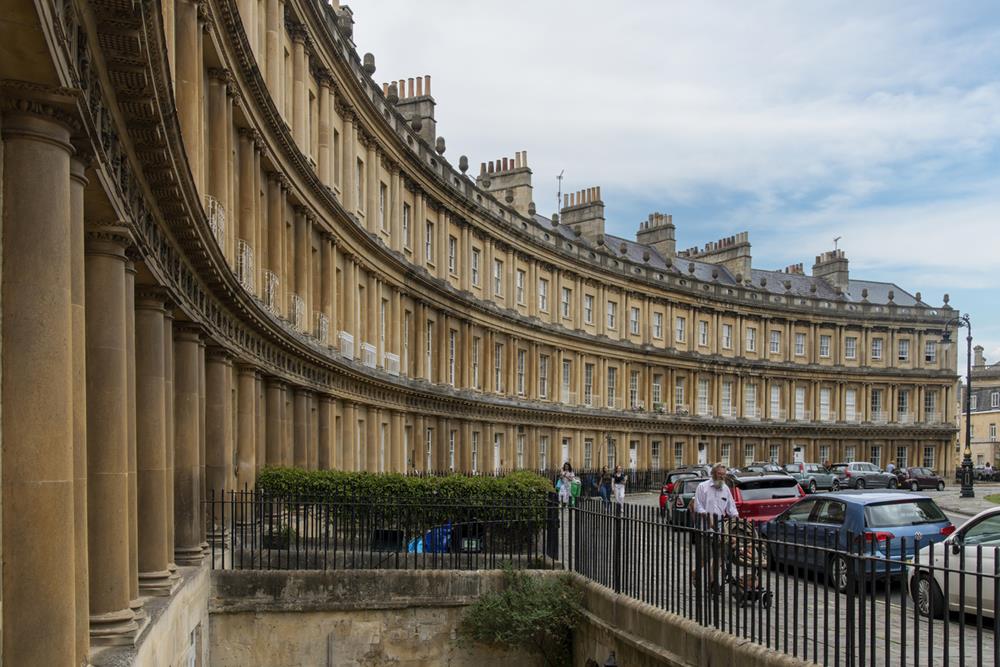Welcome to our journey through the elegant and symmetrical world of Georgian architecture! Renowned for its classic proportions and decorative elements, Georgian architecture has captivated the hearts of design enthusiasts and history buffs alike. In this post, we’ll explore some of the most exquisite examples of Georgian architecture. So, whether you’re a seasoned architect, a history lover, or simply curious, join us as we uncover the charm and sophistication of these architectural marvels.
A Brief Overview of Georgian Architecture
Before we dive into our list, let’s quickly understand what makes Georgian architecture so special. Originating in the 18th century and spanning until the early 19th century, Georgian architecture is named after the four British kings named George, who reigned in succession. It’s celebrated for its emphasis on symmetry, proportion, and balance, drawing heavily on the classical architecture of ancient Rome and Greece.
Key Features of Georgian Architecture:
- Symmetrical design and layout
- Paneled front doors, often with decorative crowns (pediments) and surrounded by columns
- Sash windows, typically five across on the front facade
- Decorative brickwork or stucco (in higher-end homes)
- Rooflines adorned with chimneys and sometimes a triangular pediment
Now, let’s explore some of the best examples that embody Georgian architecture’s elegance and precision.
1. The Royal Crescent in Bath, England
The Royal Crescent in Bath is a monumental example of Georgian architecture, designed by John Wood, the Younger. Completed in 1774, this iconic semi-elliptical structure comprises 30 terraced houses, gracefully aligned to form a sweeping crescent that overlooks the green expanse of Royal Victoria Park. Its design harmoniously blends with the natural landscape, making it a stunning architectural feat of its time.
Why It Stands Out:
Beyond its architectural elegance, the Royal Crescent is celebrated for its remarkable uniformity and grandeur. The facade, made of Bath stone, showcases the refined Georgian symmetry principles and classical aesthetics. While appearing identical from the front, each house hides unique interiors individually tailored over the centuries. This blend of public uniformity and private individuality captures the essence of Georgian design. The Royal Crescent’s historical significance and architectural beauty have made it a coveted location for film productions and a must-visit landmark for anyone exploring Bath.
2. The White House in Washington, D.C., USA
The White House is not just the official residence and office of the President of the United States; it’s also an exemplary model of Georgian architecture. Designed by Irish-born architect James Hoban, the construction of this iconic building stretched from 1792 to 1800, embodying the ideals of order, symmetry, and grandeur that are hallmarks of the Georgian style.
Unique Features:
The White House’s facade, balanced proportions, and neoclassical elements reflect the Georgian architectural ethos. The columned entrances at both the north and south facades, pedimented windows, and the use of white Aquia Creek sandstone contribute to its stately appearance. Inside, the layout is functional and elegant, with rooms arranged for official functions and private living, showcasing Georgian principles of design and utility. The White House stands as a symbol of American history and governance, its architecture a testament to the enduring appeal of Georgian style.
3. Georgian Dublin, Ireland
Georgian Dublin is a term that conjures images of elegant, harmonious streetscapes lined with beautifully preserved townhouses. The area, particularly around Merrion Square and Fitzwilliam Square, is a treasure trove of 18th-century urban design, reflecting its prosperity and artistic aspirations.
What to Look For:
Its architectural coherence distinguishes Georgian Dublin. The streets are lined with red-brick houses adorned with intricate ironwork, sash windows, and distinctive doorways topped with fanlights, often painted in vibrant colors. These features create a picturesque urban landscape that is both unified and inviting. The squares themselves are surrounded by houses that were once the residences of the Irish aristocracy, now serving as offices, cultural institutions, and public spaces. This district offers a vivid glimpse into Georgian society’s lifestyle and aesthetics.
4. Drayton Hall in Charleston, South Carolina, USA
Drayton Hall is a testament to the enduring legacy of Georgian architecture in the American South. Completed in 1742, it is among the oldest preserved plantation homes in the United States, offering a unique insight into colonial life and architectural practices.
Highlights:
Drayton Hall’s significance lies not only in its age but also in its preservation. The house’s design is a remarkable example of Palladian architecture, a subset of the Georgian style characterized by its strict symmetry, classical proportions, and grandiose scale. Inside, the original interiors remain largely intact, featuring detailed woodworking, decorative plasterwork, and original furniture pieces. Drayton Hall’s resilience and the decision not to modernize its interior allow visitors a rare opportunity to experience Georgian architecture as it would have been in the 18th century.
5. The Circus in Bath, England
The Circus in Bath is another architectural marvel from the Georgian era, conceived by John Wood, the Elder. Its completion in 1768 by his son after Woods death resulted in a pioneering circular space that has influenced urban planning and architectural design worldwide.
Why It’s Unique:
The Circus is distinctive for its innovative circular plan, inspired by the Colosseum in Rome but designed for residential use. The facade of each segment is embellished with Doric, Ionic, and Corinthian columns on different levels, reflecting the classical order of architecture. This attention to detail extends to the stone carvings that adorn the exteriors, featuring symbols of the arts and sciences, which John Wood believed contributed to the establishment of Bath as a center of enlightenment and culture. The Circus’s design encourages community and interaction, its open central area a place for gatherings, and its continuous curved facade promotes a sense of inclusivity and harmony.
Conclusion
Georgian architecture’s influence is vast, spanning continents and centuries. Its principles of symmetry, proportion, and classical beauty create spaces that are both elegant and welcoming. From the Royal Crescent’s grandeur to the White House’s historical significance, each example offers a unique glimpse into the era that championed harmony and balance. As we explore these architectural marvels, we’re reminded of the enduring legacy of Georgian design—a testament to the timeless appeal of symmetry and simplicity. Whether you’re an architecture enthusiast or simply appreciate beauty, the examples of Georgian architecture we’ve explored today are sure to inspire and captivate.

